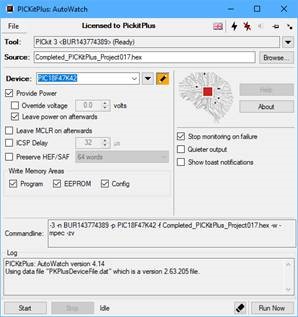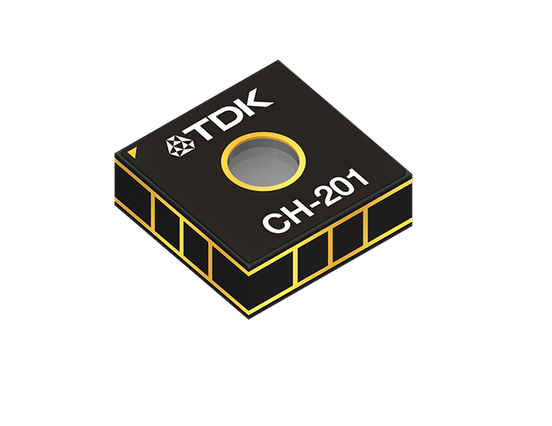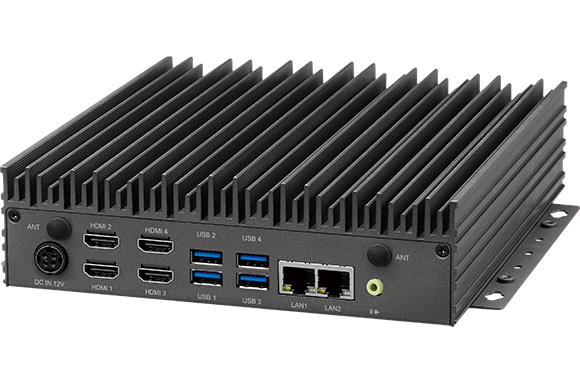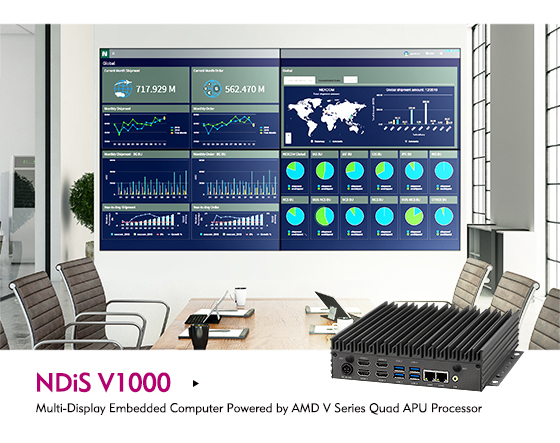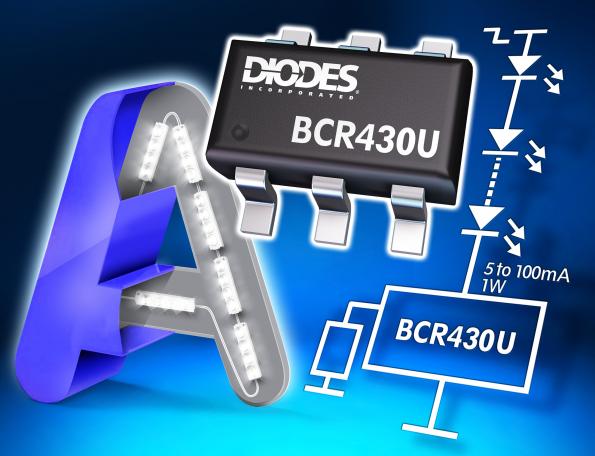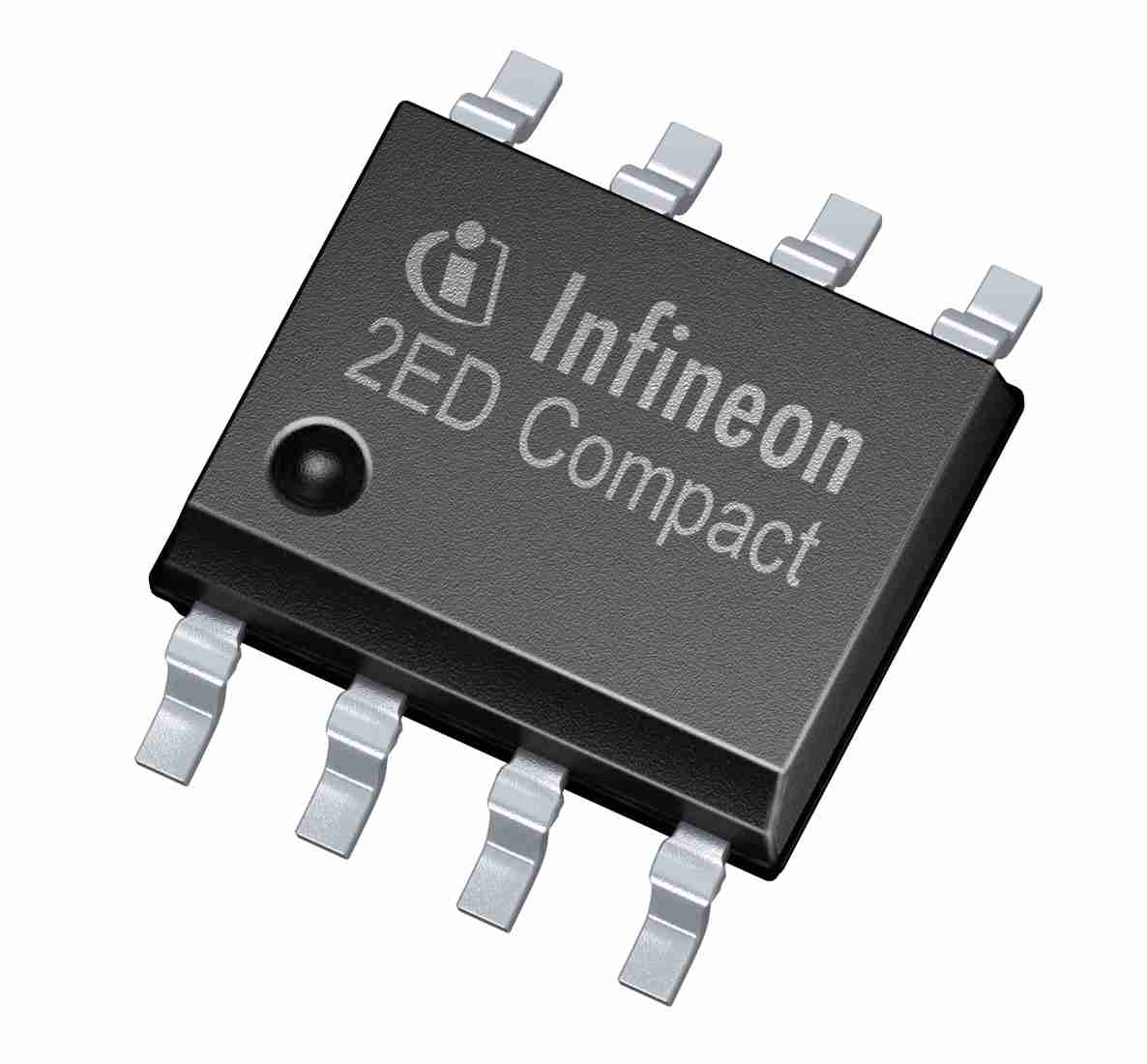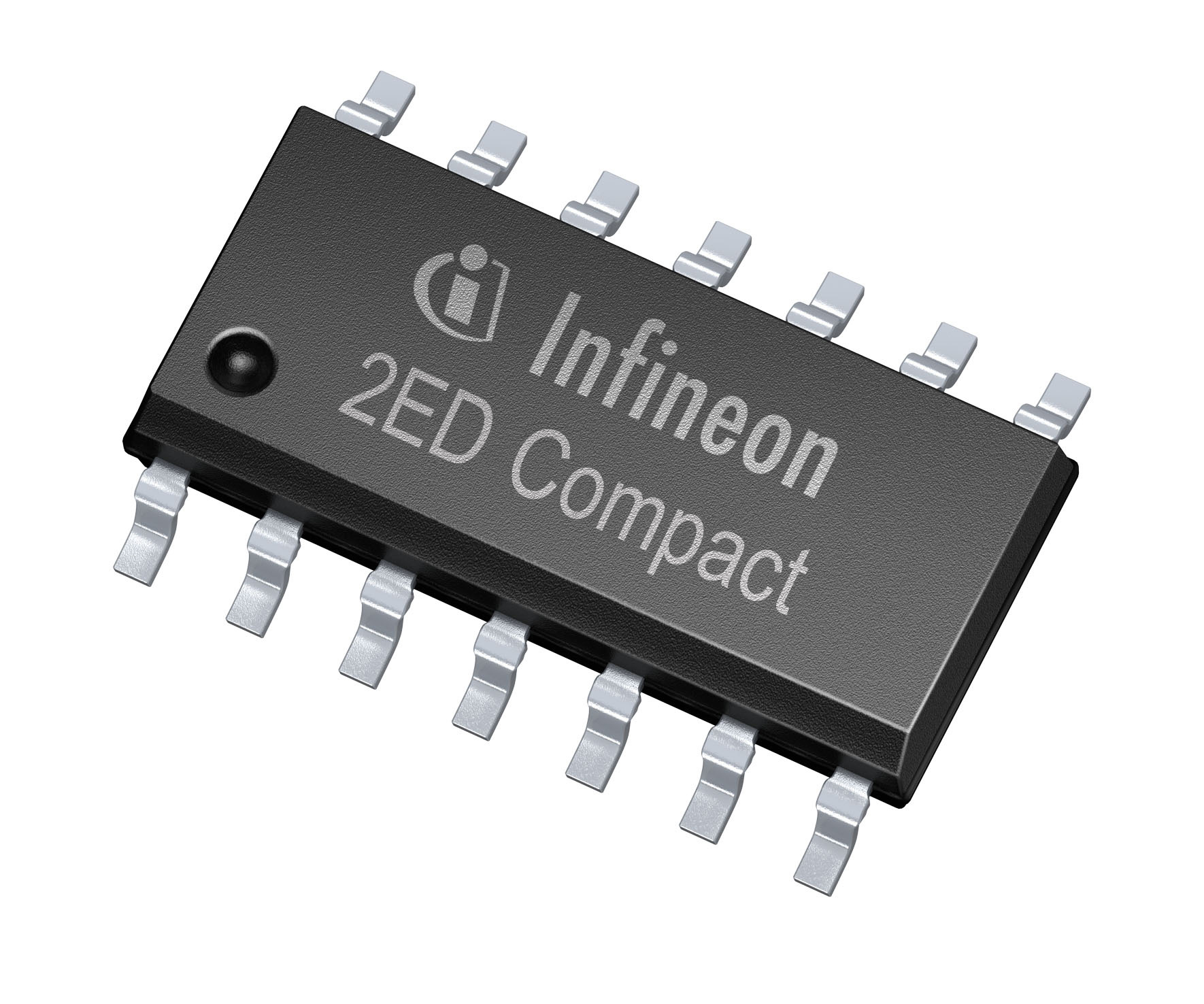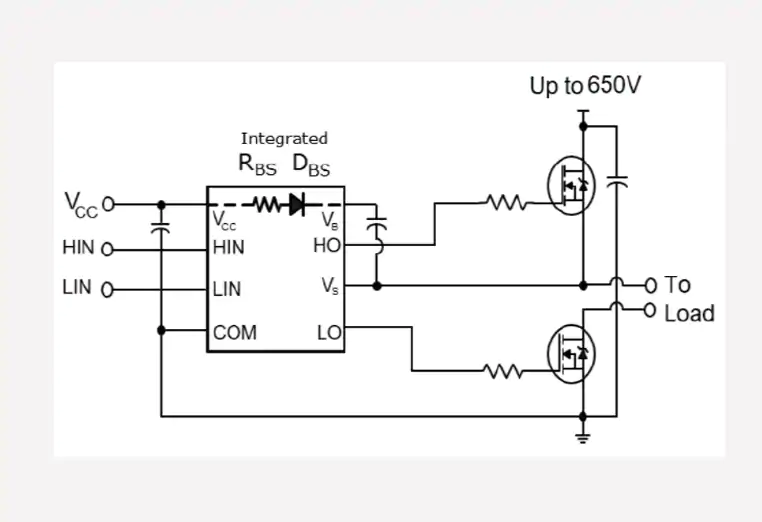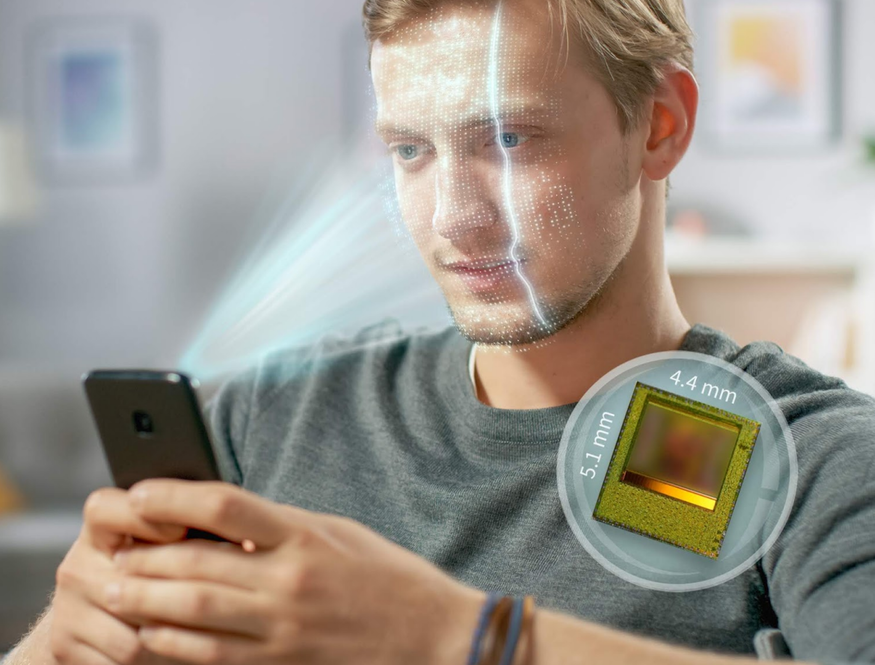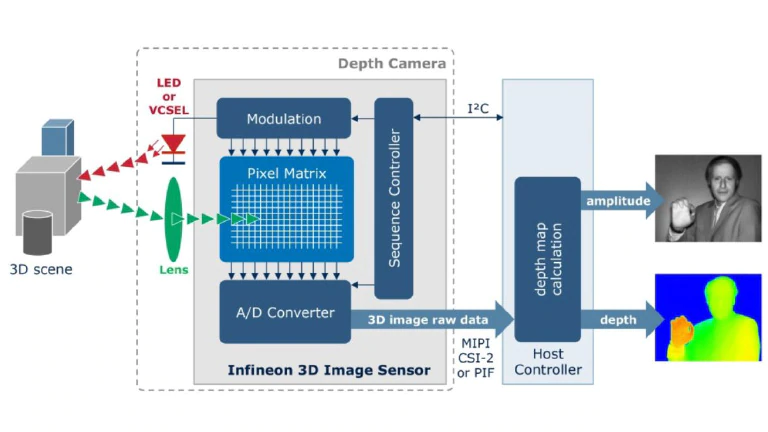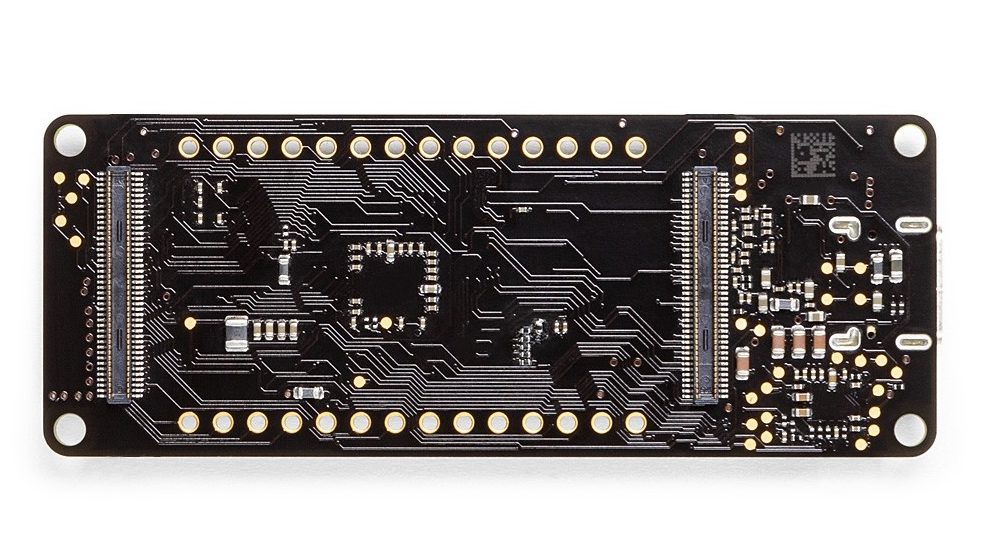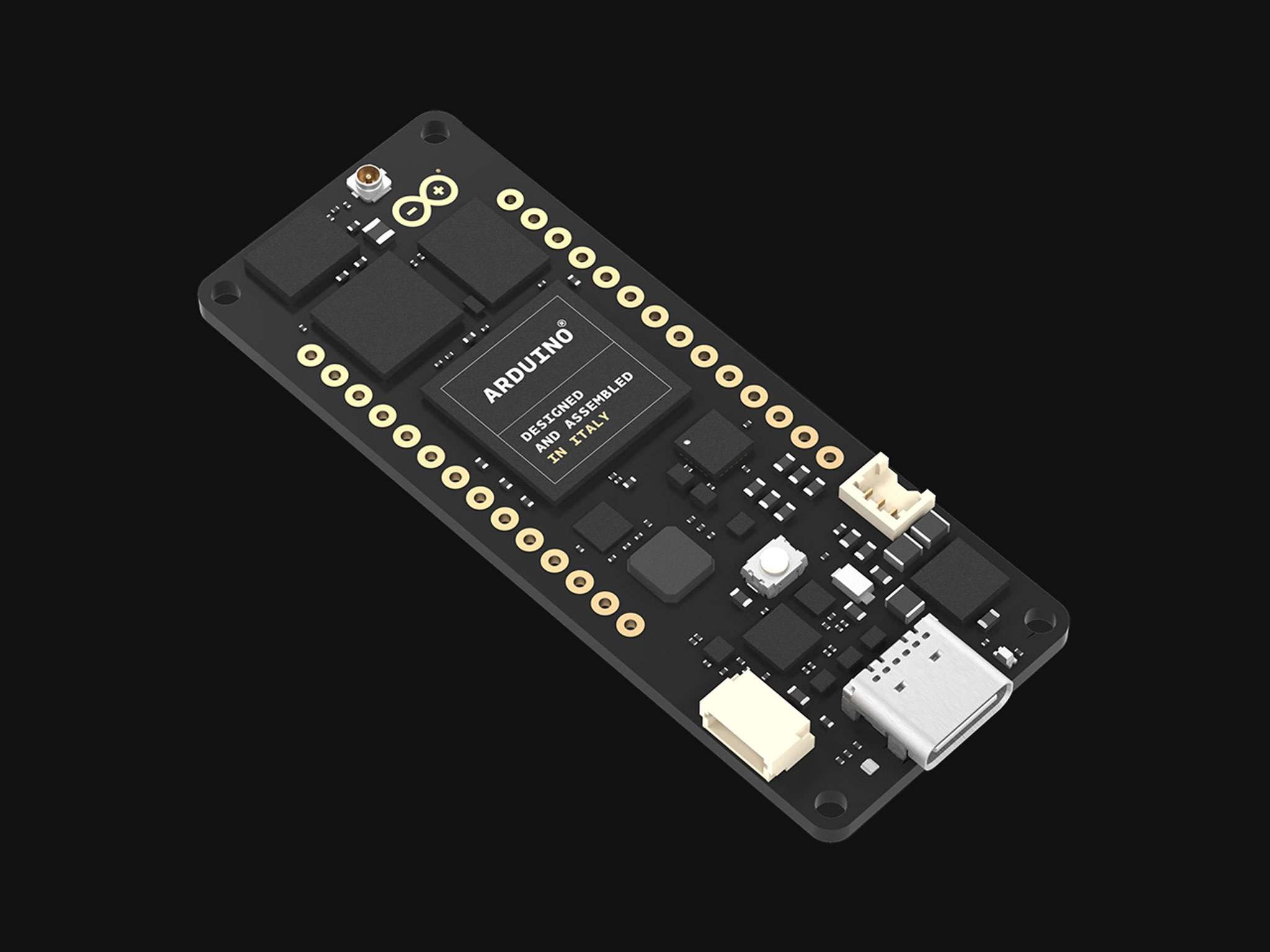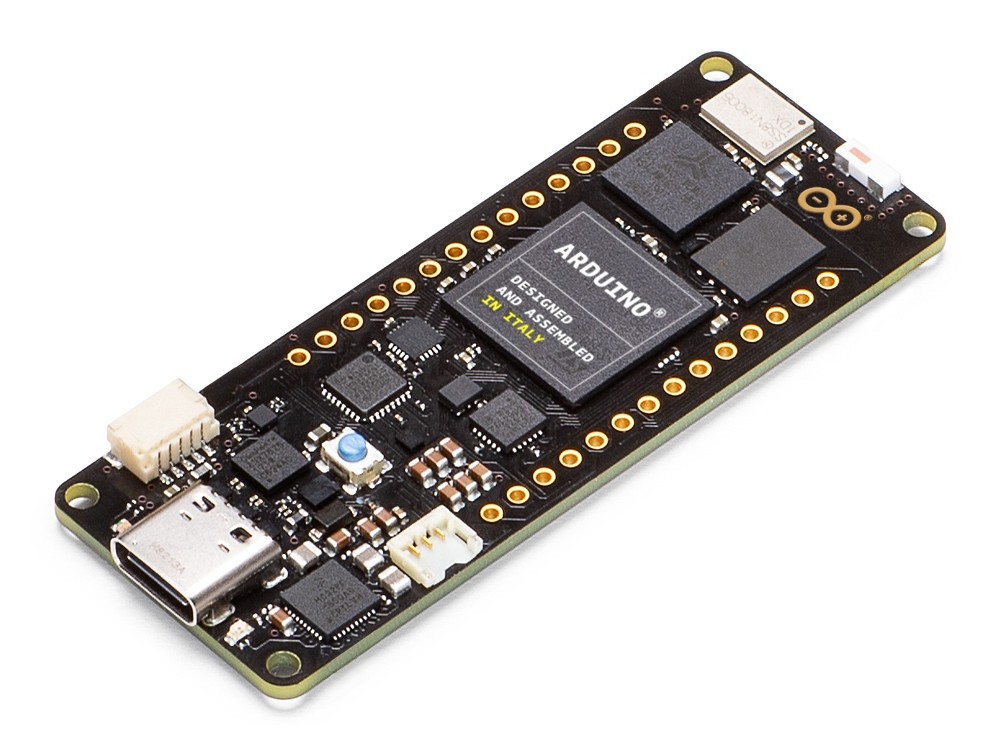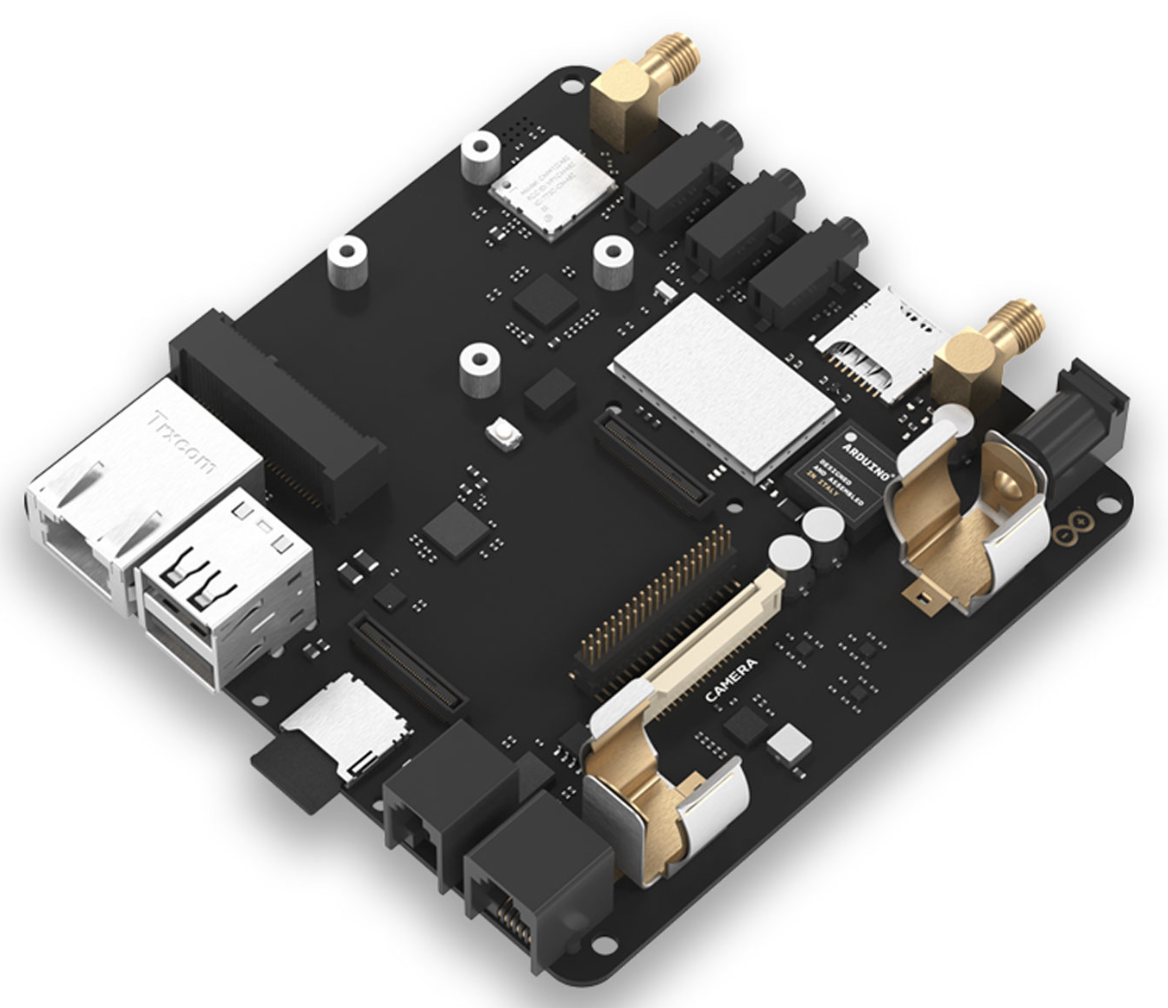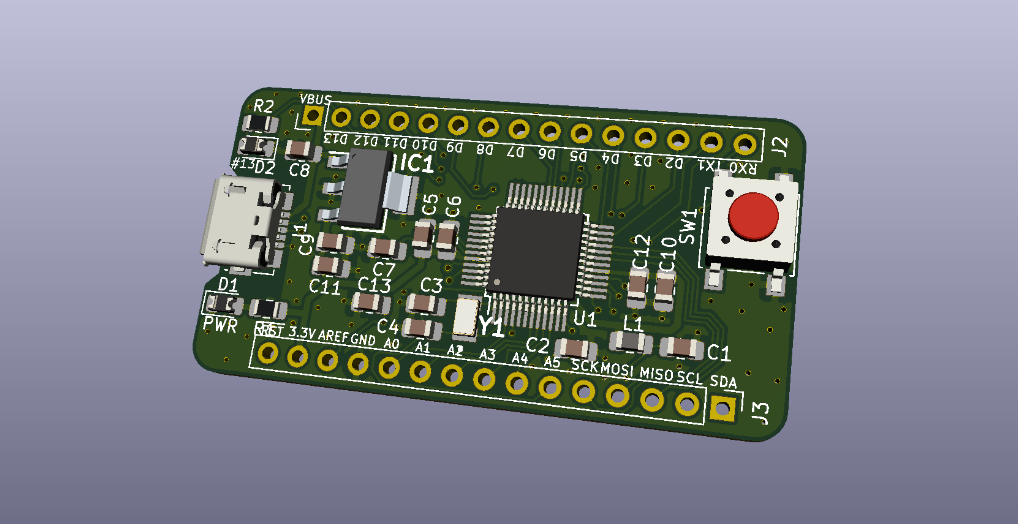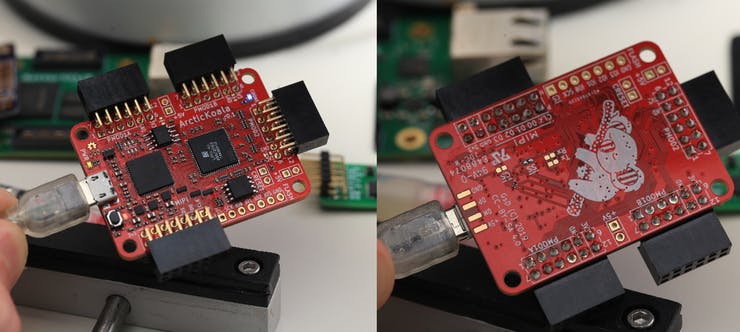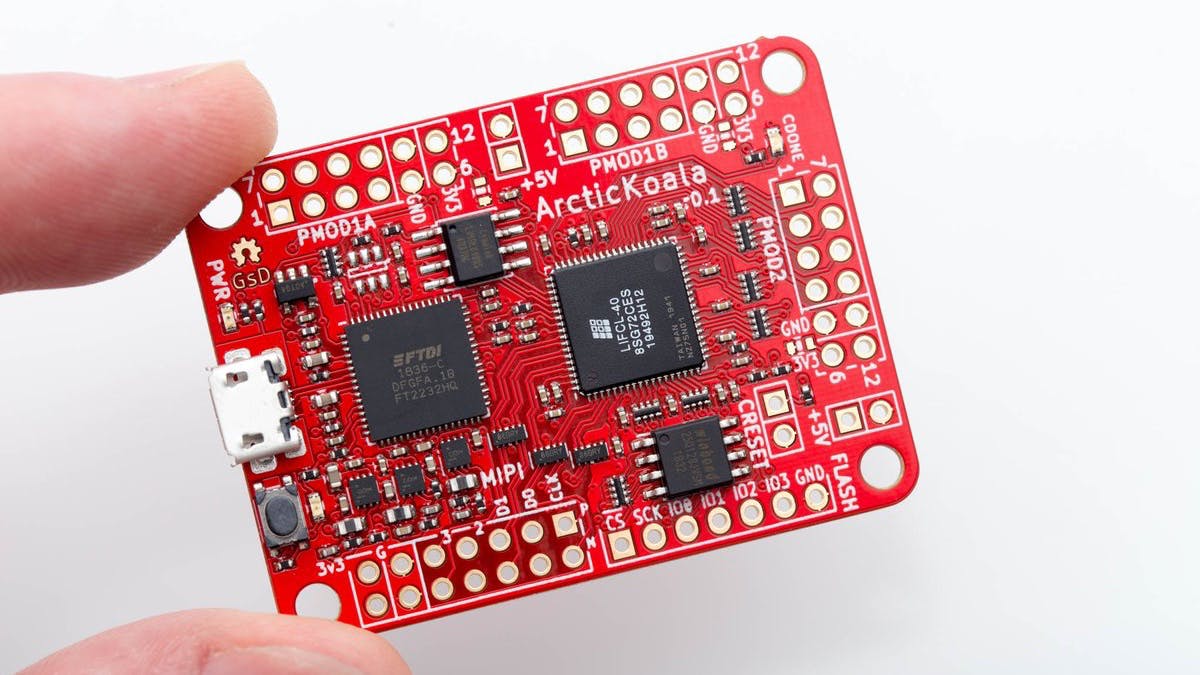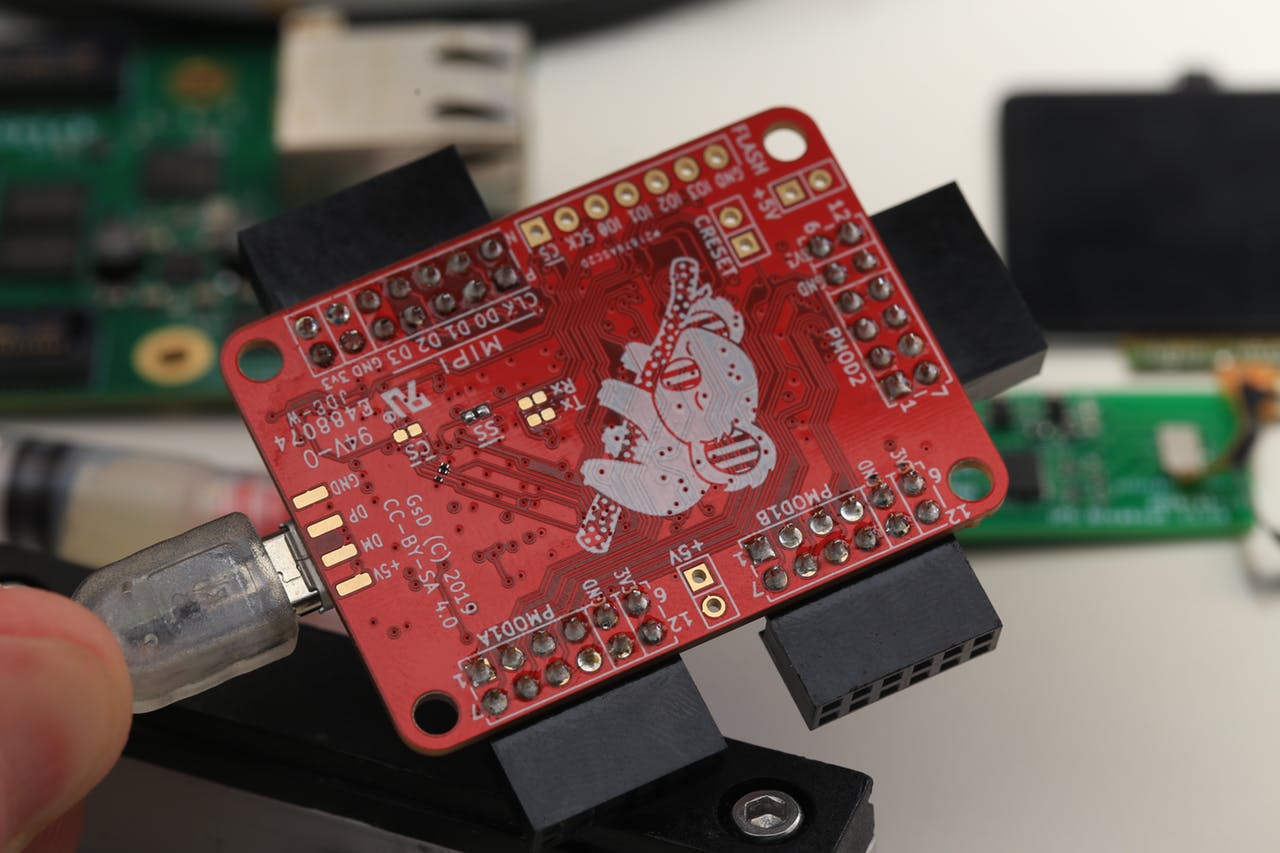PICKitAutoWatch is a new application and a new approach to programming microcontrollers. PICKitAutoWatch supports both PICkit2 and PICkit3 programmers. The software is feature rich and easy to use via a simple user interface.
PICKitAutowatch is the best value for money products if you are simply programming your part as it supports the PICkit2 and PICkit3 programmers.
PICKitAutoWatch provides support for the latest generation of Microchip microcontrollers and EEPROMs, and fully supports the Microchip Programmers-on-Board the Microchip Xpress Boards.
The intent of PICKitAutoWatch is to enable operations with auto-detection and recovery of the program to maintain the programming activity.
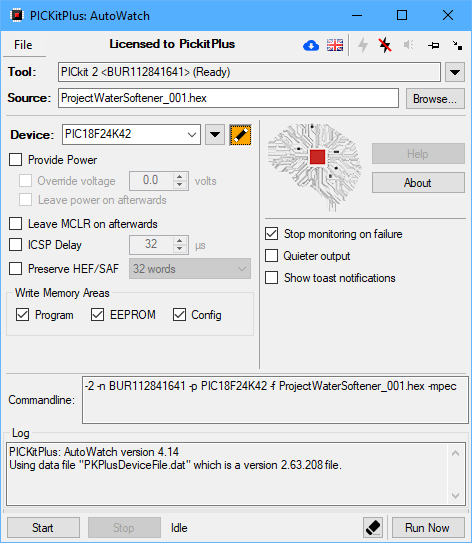
PICKitAutoWatch supports nearly 1000 different types of microcontrollers, EEPROMS and the Microchip Programmers-on-Board the Microchip Xpress Boards..
- PIC10F, PIC12F, PIC16F, PIC18F, PIC24
- dsPIC30 and dsPIC33 family
- A wide range of EEPROMs
- MCP2502X/5X & HCSxx
- EEPROM 11LCxx, 24LCxx, 25LCxx and 93LCxx, M25Px and FL127x
- Microchip Xpress Boards.
- See here for the full list of supported parts
Core functionality
- Programs the target part when a new hex file is generated
- Automatic part detection
- Recently used parts listed
- Supports project settings – save and load of project configuration
- Supports multiple voltages within constraints of physical programmer – noting that some clone programmers do not support voltage control
- Supports ISCP protocol frequency management
- Manages Microchip HEF and SAF memory with automatic merger of HEF/SAF memory into target part
- Support a wide range of Windows operating systems (32bit/64bit): Windows XP ,Windows Vista, Windows 7, Windows Embedded 7, Windows 8, Windows 10
- New programming protocols to support new classes of Microchips PIC microcontrollers
- Updated and managed database for Microchip and other EEPROM devices
- Supports the standard Microchip Microchip PICkit2 and PICkit3 programmer firmware. PICKitPlus does not require an update to the Microchip PICkit2 and PICkit3 programmer firmware
- Control power on and off independent of programming state
- Automatic parts database update
- Internet connection not required
Internationalization Support
- Supports local language.
Safe Usage Enhancements
- Windows toast alerting of programming operations
- Delays and file retry options
- Sound notifications
- Generation of log file with timestamps and automatic deletion
Environments proved to work
- Windows file structures local hard drive, LAN and WAN shares
- MPLAB-X IDE
- MPASMX compiler and linker
- GPASM compiler and linker
- MPLAB-X Cloud IDE with remote HEX download to the local file structure
- There are many, many more
Which parts are supported?
See the PICKitPlus website for the full list of supported parts.
Summary
PICKitAutoWatch is the easiest way to integrate your development tools with the programmer and the microcontroller or EEPROM.
Still to come …..
- PICKitPlus for Linux
- PICKitPlus for Pi
- PICKitPlus Gang Programmer
See the www.pickitplus.co.uk website for more details on PICKitPlus software and hardware products.


